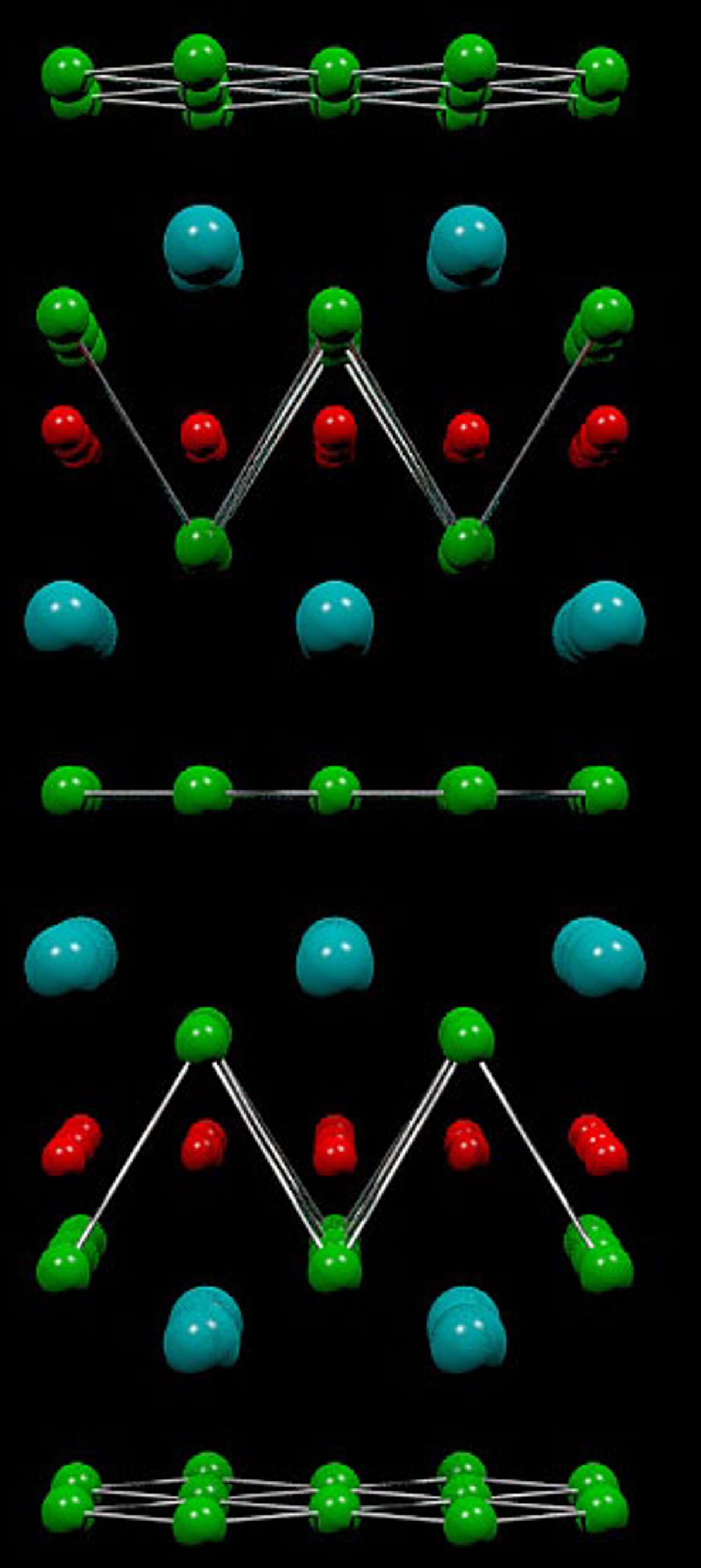While listening to one of the better explanations I’ve heard of where we are with graphene’s capabilities in electronics applications, from Professor Ravi Silva, director of the Advanced Technology Institute at Surrey University, I saw that graphene was getting another competitor in the race for “wonder material” honors.
You may recall from the beginning of this year how molybdenite was demonstrated to have a number of the same advantages graphene has over silicon in electronics but also has an inherent band gap.
It seems the real focus of the research was to observe various metals under a high magnetic field rather than seeking a new graphene. But because SrMnBi2 can easily be doped with foreign atoms, the researchers believe that this may allow for creating new magnets or superconductors for the material.
It will be interesting to see if anyone pursues the graphene angle, in which case instead of the “carbon nanotechnology revolution” maybe we’ll be talking about the “SrMnBi2 nanotechnology revolution.”
Dexter Johnson is a contributing editor at IEEE Spectrum, with a focus on nanotechnology.




